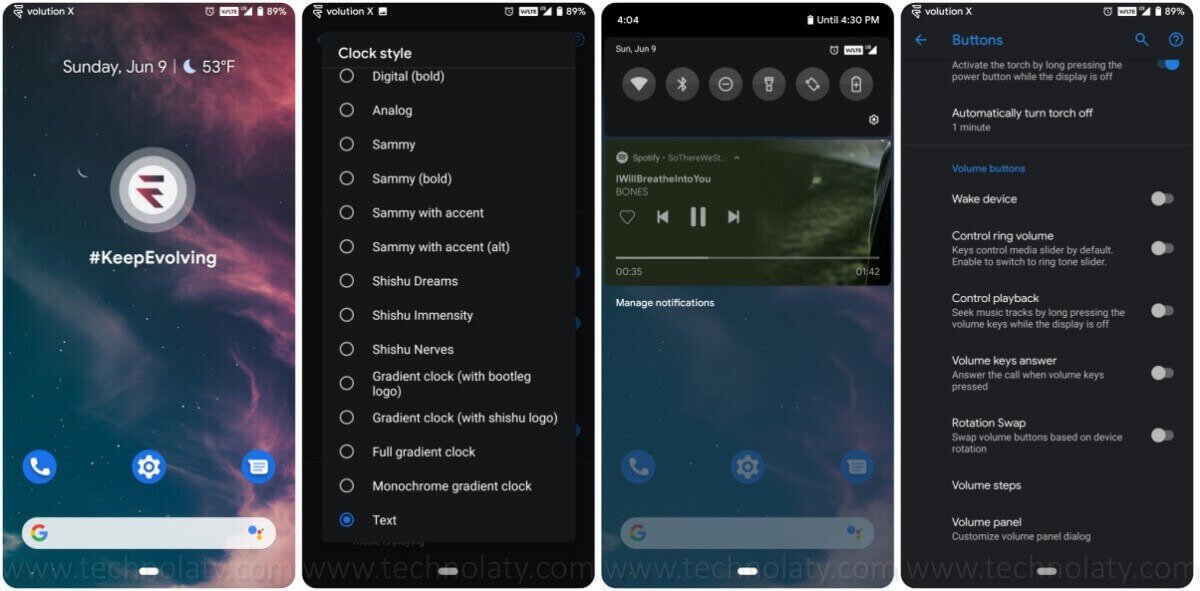While the same is not 100% true for its software, Samsung has been taking feedback from the consumers and has improved its software experience significantly with the new Android 9 Pie-based One UI. General Public Licence v2, better known as GPLv2, mandates every Android smartphone manufacturer to publicly release the part of Linux kernel code that they have shipped on their smartphones. OEMs like OnePlus and POCO are known for providing Day 1 source code release while others often take their sweet time to fulfill their legal obligation. Xiaomi, too, used to be one of the worst offenders of GPLv2 in its early days. But in recent years, it has made great strides in overturning that image. Xiaomi is still not as swift as OnePlus when it comes to releasing and keeping the kernel sources up-to-date, but it’s now in a much better position than several of its competitors.
- Some require a manual approach using the ADB and Fastboot tools with the command line.
- more than 20 different manufacturers thanks to our open-source community
- Likewise, owing to Android’s open-source ecosystem, users generally try out a plethora of tweaks and customizations.
- Recover Xiaomi smartphones and related smart objects
When it comes to global smartphone sales, Samsung dominates the Android side of the playing field with its budget and mid-range devices. In fact, the company’s Galaxy A series is so popular among the masses that it took the top three spots in the best selling Android smartphones list last year. However, riding on the fast growth of the Indian smartphone market, Xiaomi also managed to secure a spot on the list last year with the Redmi Note 7.
- As expected, the owners of the Google Pixel series of smartphones received this feature first, followed by a bunch of Nokia devices that are part of the Android One initiative.
- And if they end up messing up even a single step, it will straight away lead to a bricked or boot-looped device.
- It is difficult to say how much experience is necessary to follow these instructions.
- Now you have successfully flashed stock ROM on your Xiaomi Redmi Note 8 Pro Android device.
- You’ve built your operating system from scratch, from the ground up.
The team behind the popular LineageOS custom ROM has been extending LineageOS 17.1 support to new devices ever since the ROM made its debut earlier this year in April. Over the last couple of months, the team has added support for devices like the ASUS ROG Phone II, Google Pixel 3 series, Xiaomi Mi A1, OnePlus One, Google Pixel 3a, Google Pixel stock firmware 4, and many more. Since our previous coverage, the team has added support for four more devices.
GsmMafia.Com provide you all mobiles latest flash file to download for free and here you can learn about mobile flashing and unlocking. You can use any of the following versions of Xiaomi Flash Tool to flash the firmware. However, we recommend using the latest tool version for Maximum Compatibility and Stability with the Windows OS. You can restart your phone and complete the setup to use the phone normally.

Despite their importance in Xiaomi’s lineup, the devices have oddly lacked behind when it comes to Android 10 updates. But now, the wait is finally over, as both, the Xiaomi Mi A3 and the Xiaomi Redmi Note 8 Pro are now finally receiving their official Android 10 updates. Just a few weeks back, Xiaomi publicly introduced their latest pair of Redmi Note devices, the Redmi Note 8 series. The Redmi Note 8 Pro was the clear star of the show, featuring a quad 64MP camera setup, a decently performing MediaTek Helio G90T processor, and an extensive feature set. Redmi also announced a regular “non-Pro” Note 8, of course.

